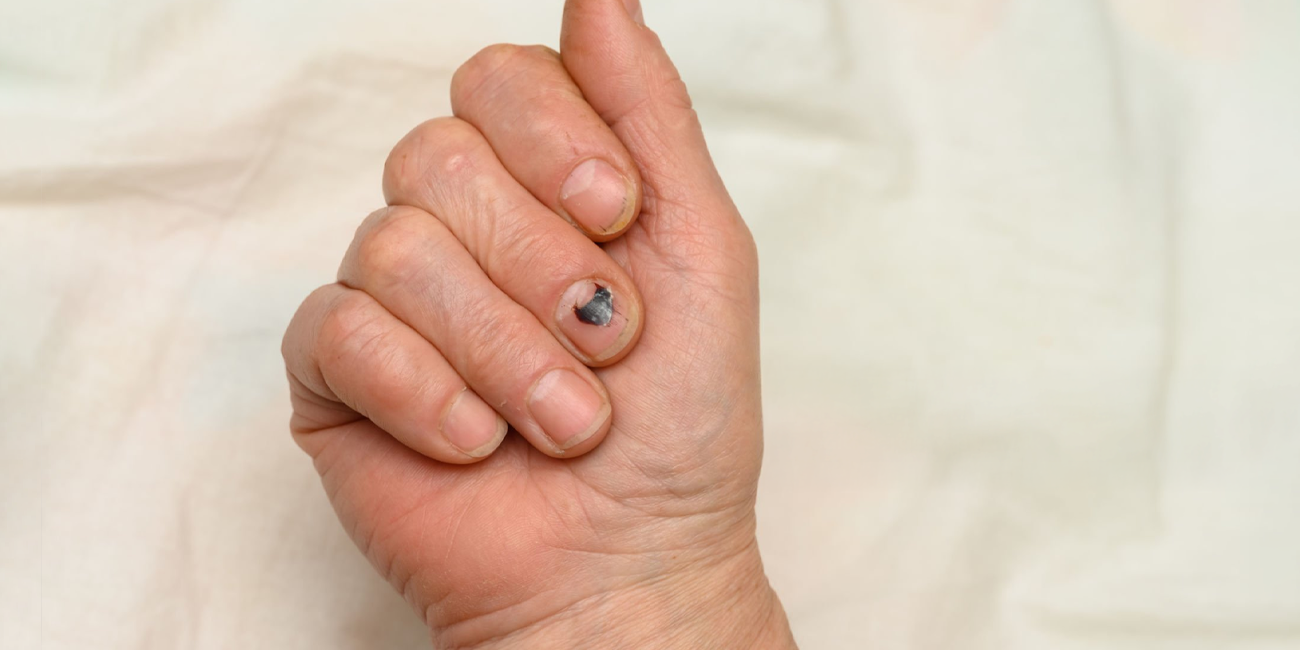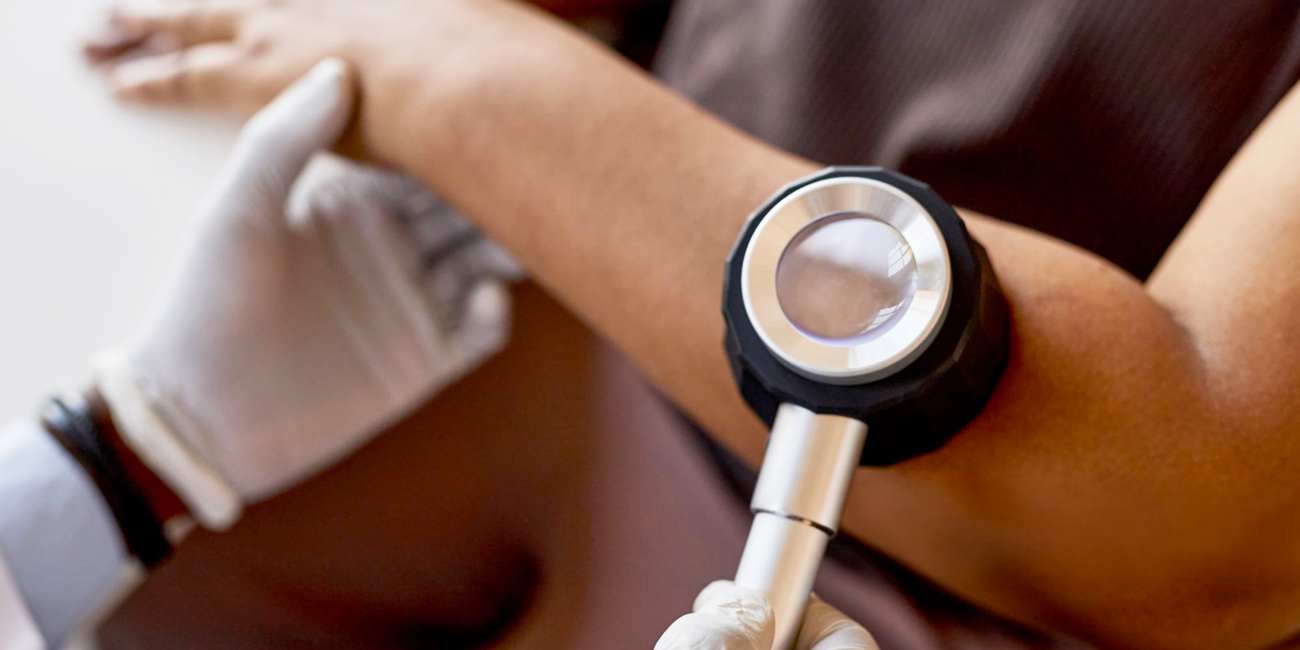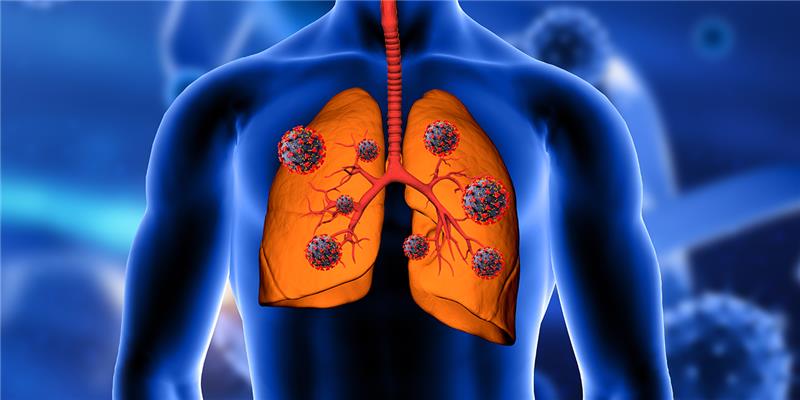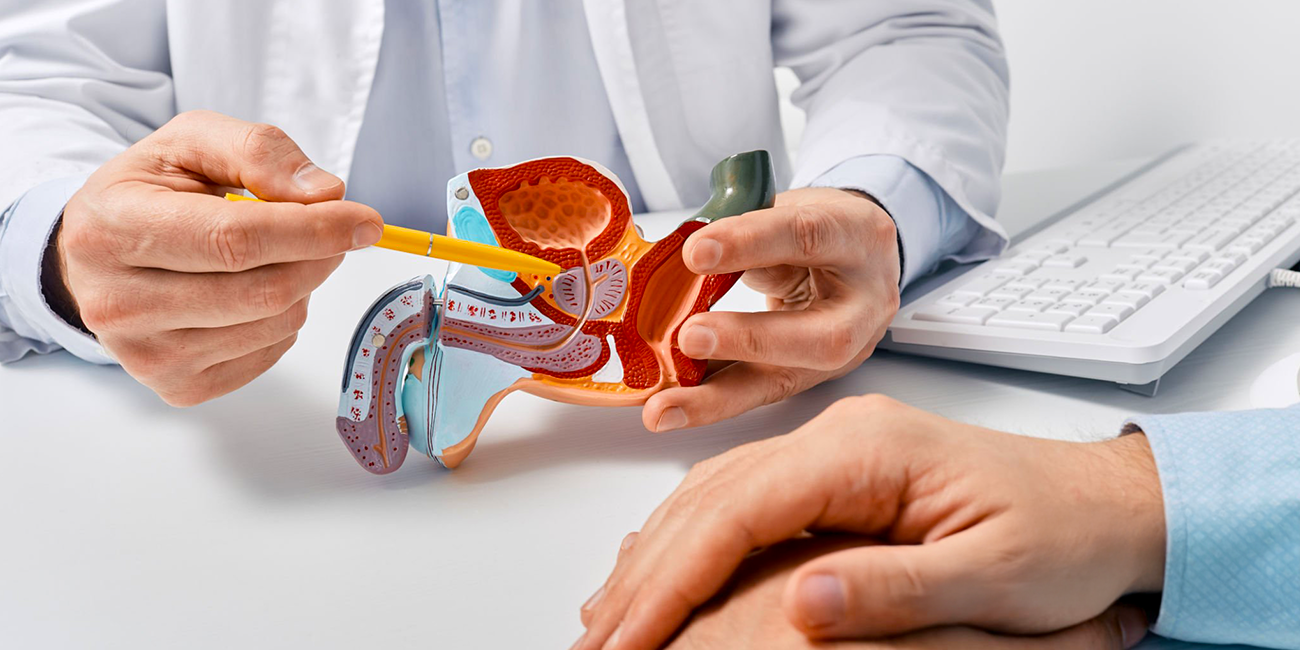
Book a Consultation
Thank you!
Your form has been sent successfully.



March 25, 2021
Most people consider a mani-pedi an essential part of self-care that also promotes relaxation and rejuvenation. However, recent studies have shown that getting a mani-pedi in a nail salon can put one at risk of skin cancer including melanoma and basal cell carcinoma in the long run.
In this blog post, we will share how ultraviolet radiation from the UV lamps at nail salons can damage your skin, and how to safeguard yourself from it. Read on to learn more.
UV ray is a form of electromagnetic radiation that is not visible to our naked eyes, but it can be felt by our skin. Ultraviolet radiation is a human carcinogen, i.e., it is a substance that can cause cancer. The following are two types of UV radiation that can cause skin cancer:
Unprotected exposure to both UVA and UVB can damage the DNA in skin cells, eventually leading to genetic defects or mutations. As a result, it can cause premature aging, and sunburn, leading to different types of skin cancer, including basal cell carcinoma (BCC), squamous cell carcinoma (SCC), and melanoma. Fortunately, skin cancer is preventable, and it has also a good prognosis if discovered and treated early.
According to the U.S. Food and Drug Administration, UV nail dryers are a “low-risk” device used across nail salons to dry and cure nails. Usually, UV nail dryers are used for a short period of time, roughly 8 minutes in total per manicure. FDA reports state that such short and infrequent exposure is not enough to cause significant damage to the skin- that can potentially turn into skin cancer.
However, a recent study in 2023, has shown that the UV lamps used in nail salons can cause significant damage to skin cells over time. These LED nail polish dryers work as little tanning beds for the hands and have a different UV spectrum than an actual tanning bed. Although these devices are less intense in terms of emission, the few UV rays it emits can still easily penetrate the skin and cause permanent skin damage.
While studying these devices, researchers have found that the cells used in the study contain highly charged and elevated levels of reactive molecules. Skin cells are affected by these molecules when they interact with proteins, mitochondria, and other parts of the cells and prevent them from functioning properly.
The study has also revealed that one 20-minute session with these devices resulted in 20% to 30% cell death. Meanwhile, three consecutive 20-minute sessions led to 65% -70% cell death. In addition, it has also caused mitochondrial and DNA damage in the leftover cells.
Therefore, it is crucial to follow the precautions with regard to UV lamps, if individuals are getting a mani-pedi in a nail salon.

The most obvious way is to avoid using these devices at all and let the nails rest for about 10 minutes to dry it naturally. However, there are some precautions that individuals can keep in mind the next time they decide to go in for a manicure, which includes:
Salons typically have a variety of nail lamps with varying intensities. UV lamps with a higher wattage produce more copious amounts of radiation and are more dangerous. Request the manicurist to use a UV lamp with the lowest wattage i.e., 9-watt.
Reducing your exposure to dryer lamps can help lower your risk of melanoma. If you absolutely must get your nails done every week, try to avoid gel manicures where the curing lamp is essential to set the nail polish.
Coating your hands with sunscreen that has an SPF value higher than 30 can help protect your skin from the damaging effects of UV radiation. Apply the cream right before your manicurist puts on the nail polish. Applying a broad-spectrum physical sunscreen with zinc oxide or titanium dioxide to the hands can also help.
Protective gloves that do not have fingertips are a good option when it comes to limiting your UV exposure. These are made using fabric that has UV-protectant properties. However, it is vital to note that the UV protection strength of these gloves reduces with each wash. Replace them after a few washes.
People who frequently get their nails done should be aware of the risks associated with UV nail dryers. Follow our pointers mentioned above to minimize the risk of skin cancer and consult a dermatologist in case of any concerns.
For any queries or concerns related to skin cancer, contact ACTC, one of the best cancer treatment centers in Florida that offer personalized cancer care plan. Visit our website or call us to schedule an appointment with our board-certified cancer care specialists.


December 16, 2025
Hearing a HER2 gene mutation on a report can feel scary, but it also p...
KNOW MORE

December 16, 2025
Seeing a dark streak under your nail that doesn't fade or grow out can...
KNOW MORE

December 16, 2025
If you're worried that an itchy or stubborn rash could be cancer, you'...
KNOW MORE

December 16, 2025
Hearing that your CT scan shows a spot on your lung can be unsettling....
KNOW MORE

November 13, 2025
Food choices feel high-stakes during cancer care, and because of that,...
KNOW MORE

November 13, 2025
Ablation treats prostate cancer using energy such as heat, cold, elect...
KNOW MORE
